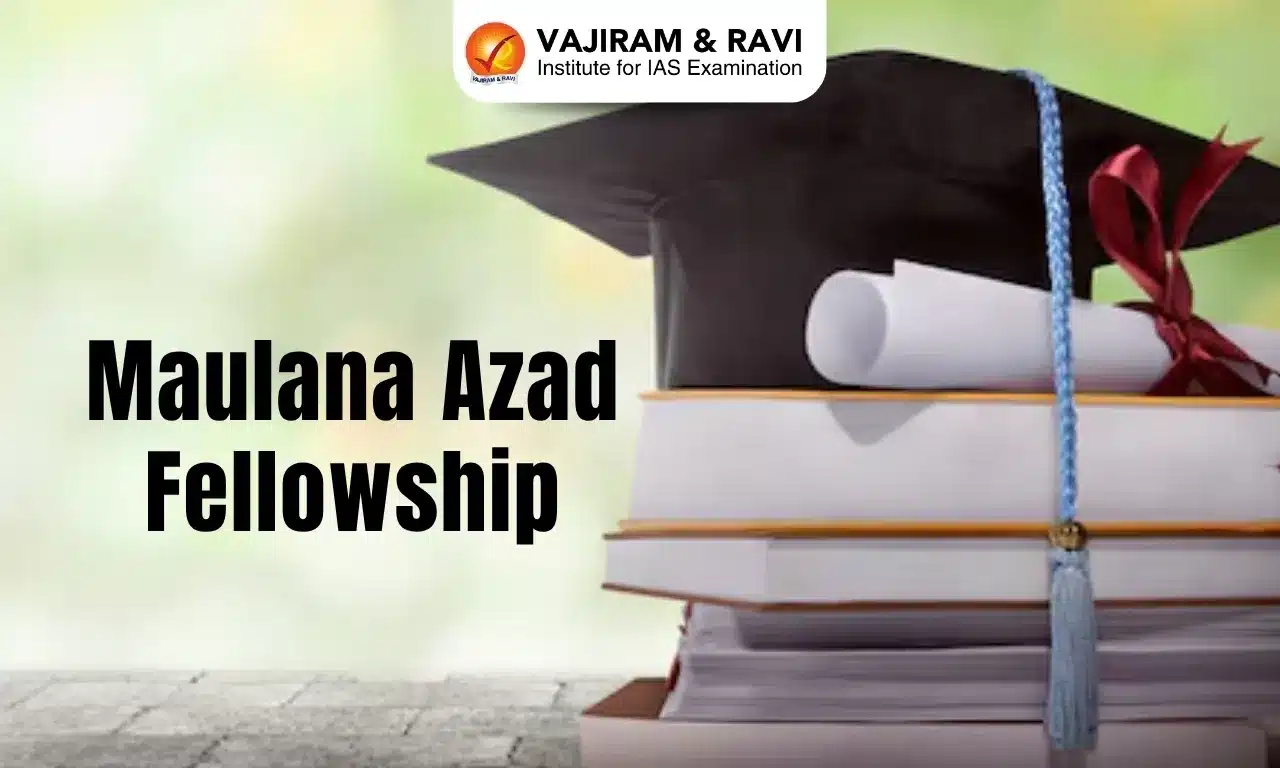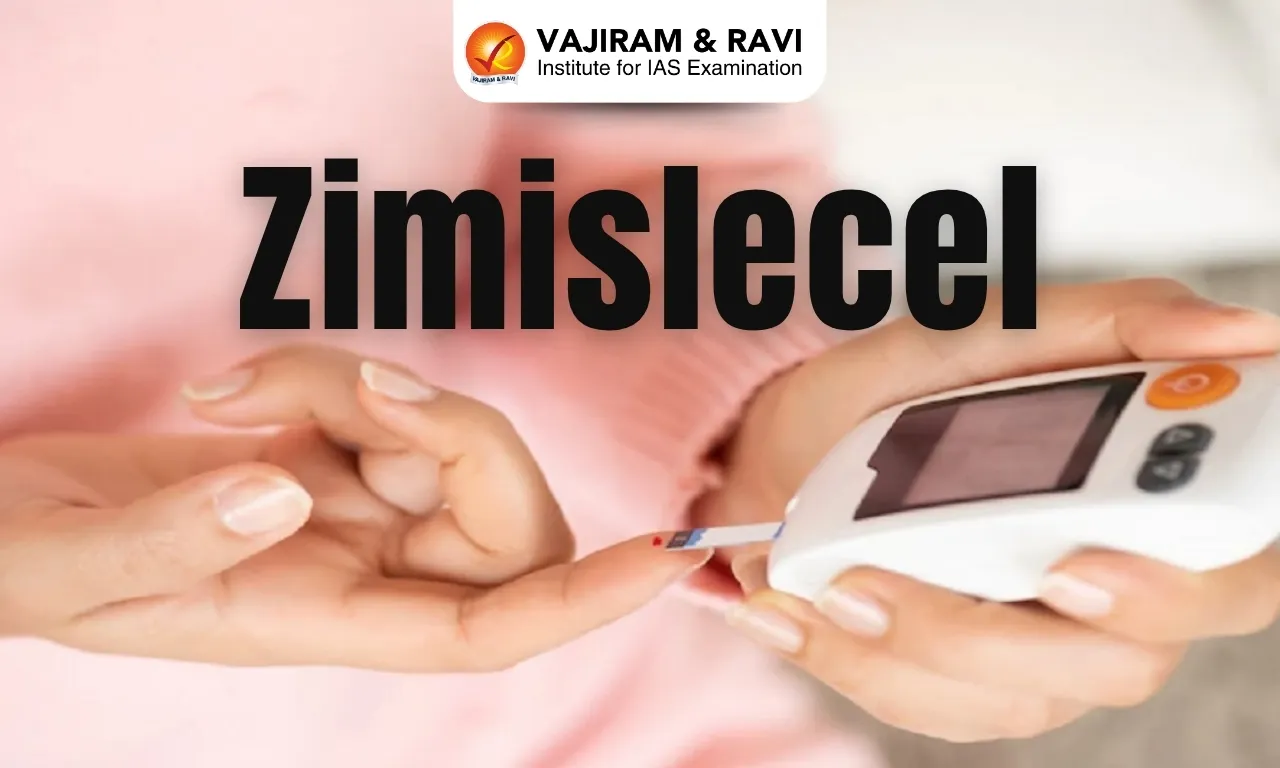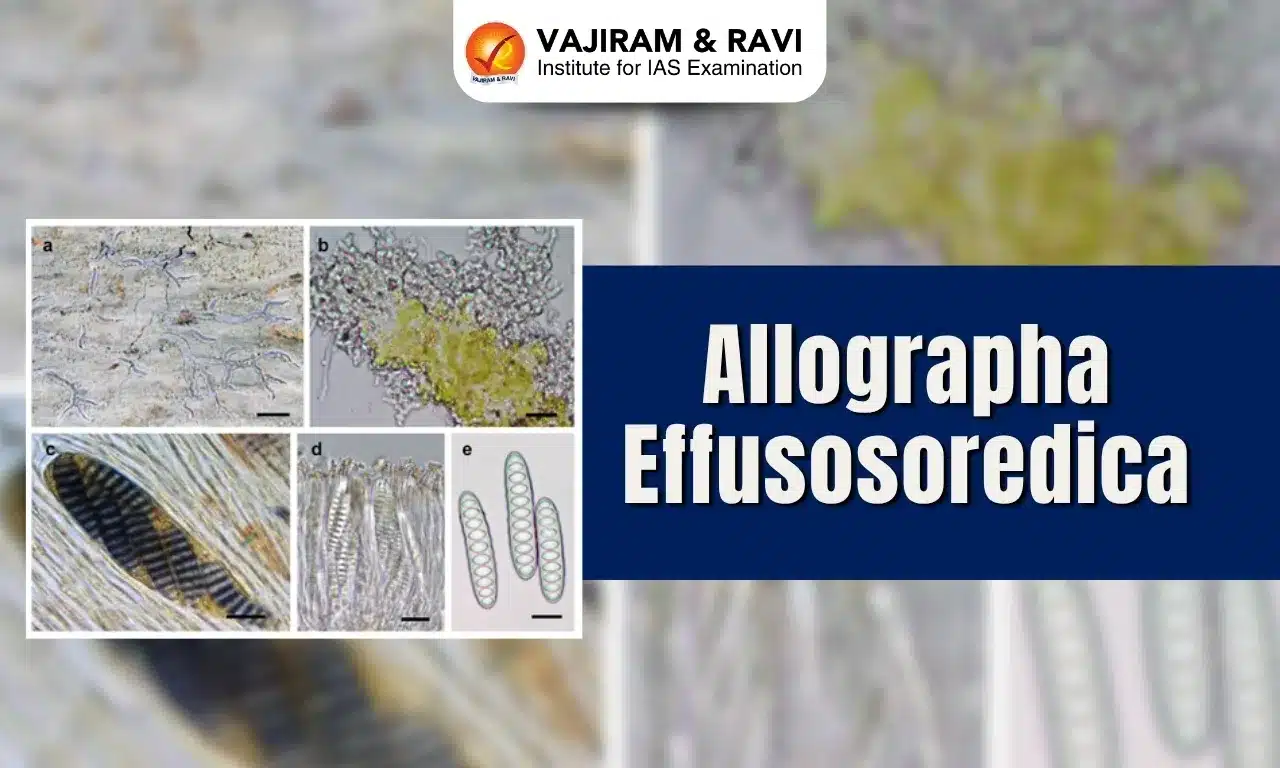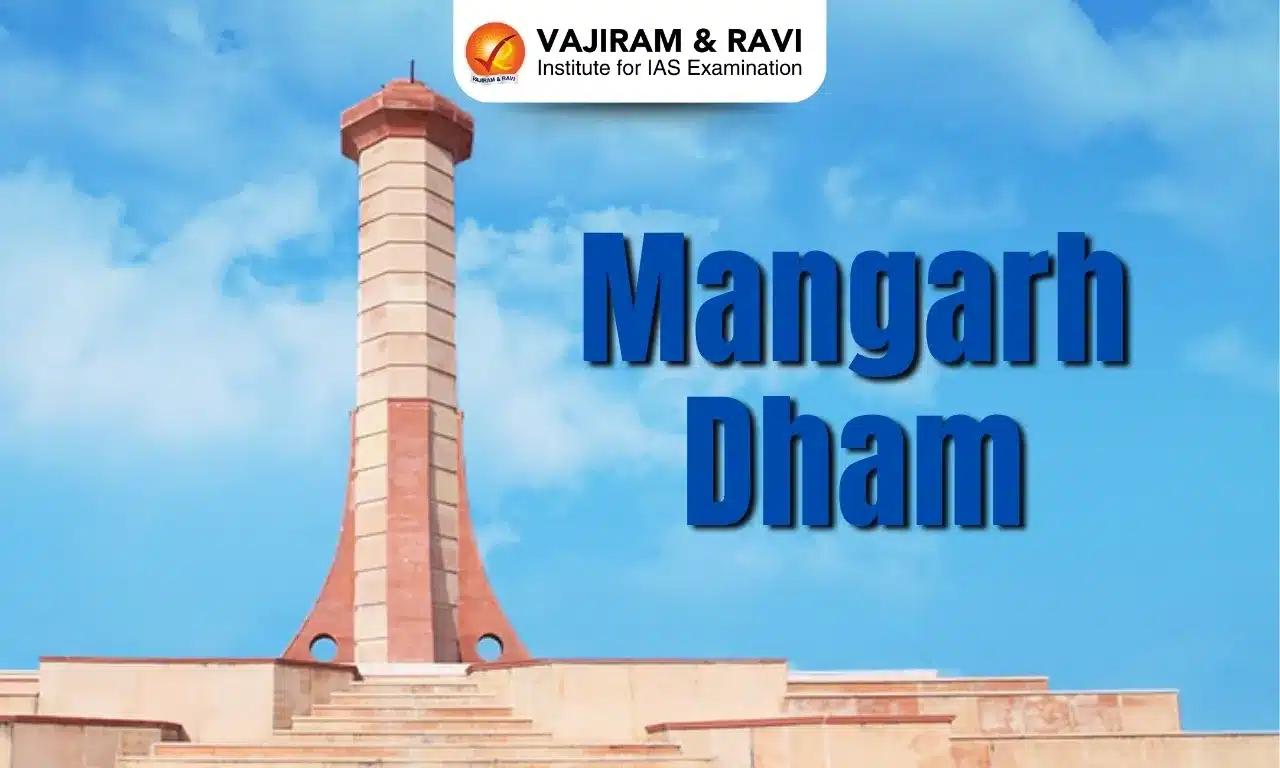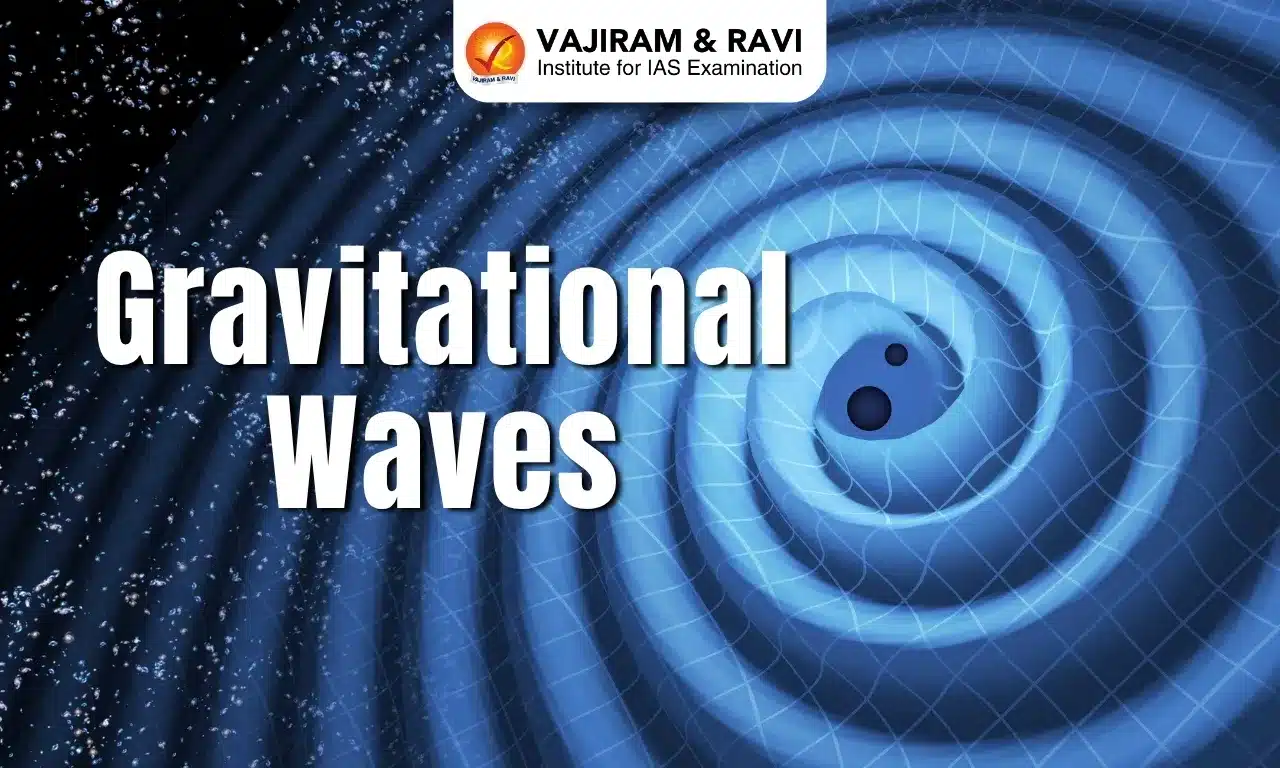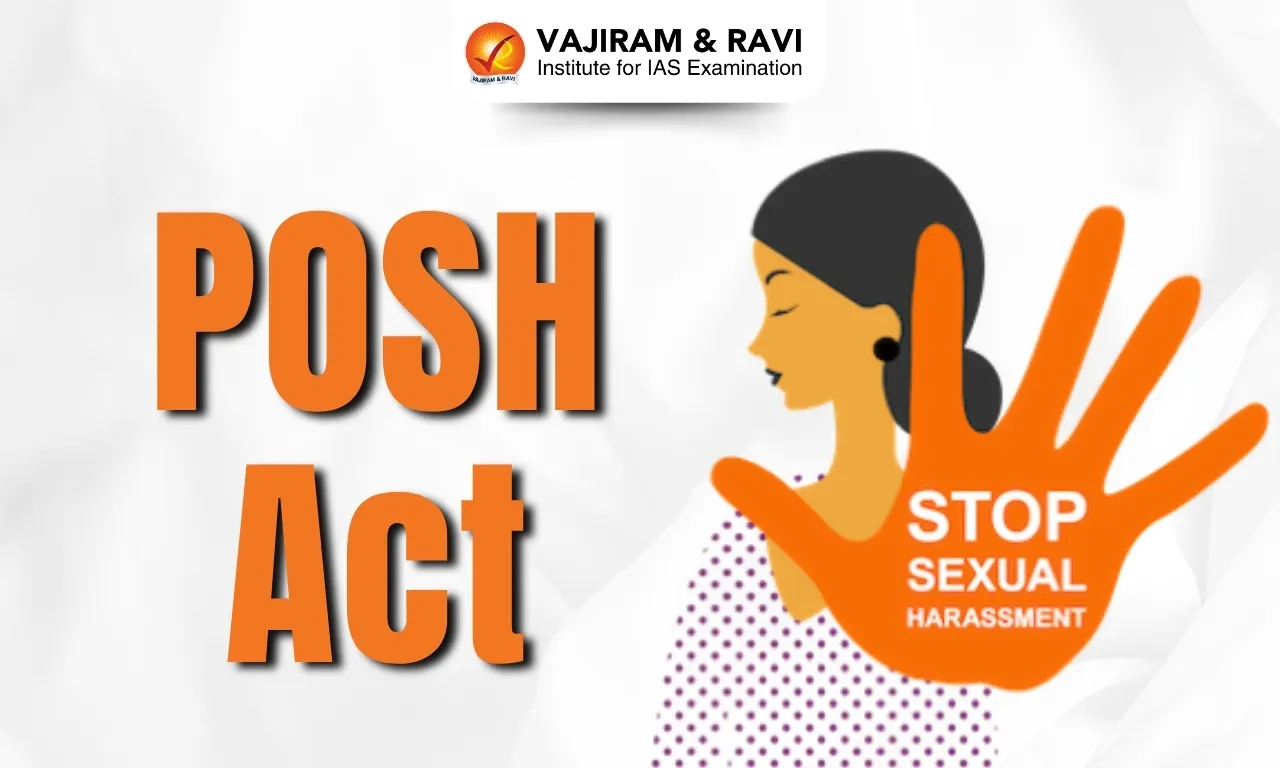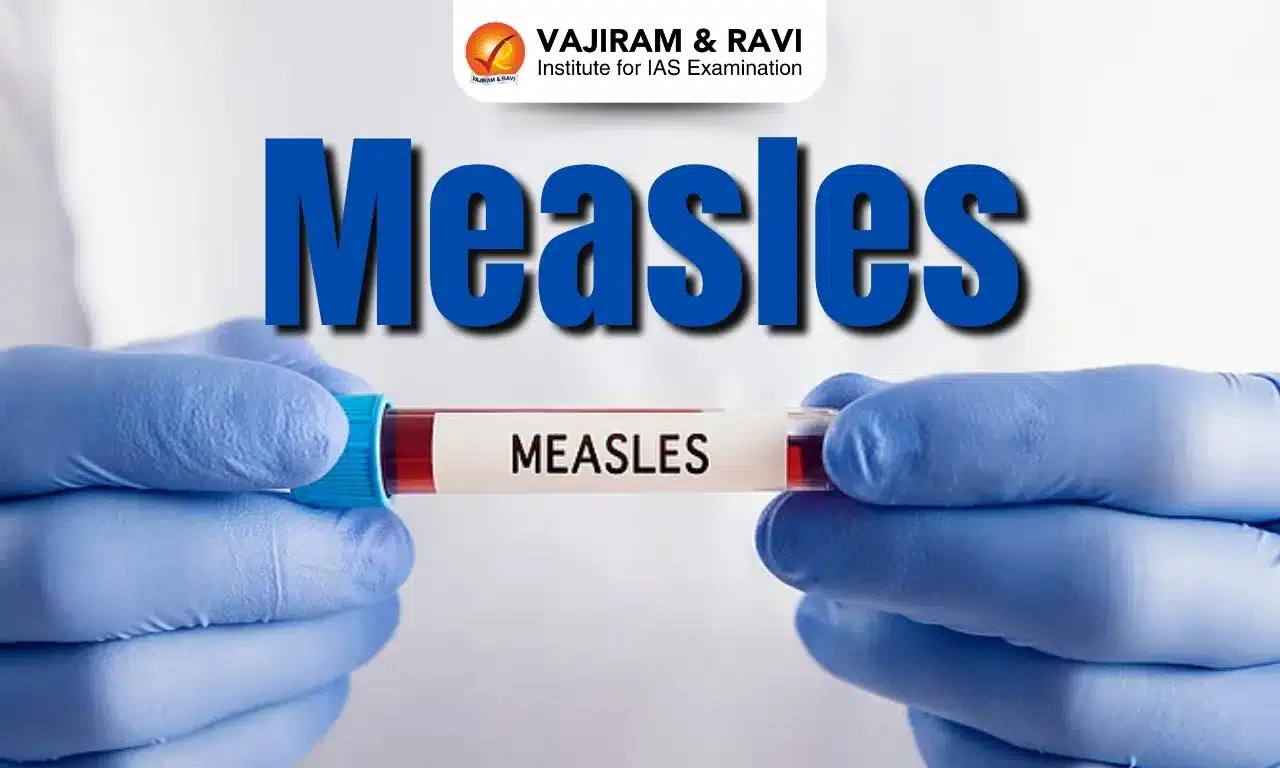Sexual Harassment of Women at Workplace (Prevention, Prohibition and Redressal) Act, 2013 Latest News
Odisha government recently directed all colleges to sensitise teachers, non-teaching staff and students on the Sexual Harassment of Women at Workplace (Prevention, Prohibition and Redressal) Act, 2013, within three days.
About POSH Act
- It was enacted to prevent and address incidents of sexual harassment of women at their place of work and provide a mechanism for redressal of complaints related to such harassment.
- It was an initiative after the landmark judgment of 1997 by the Supreme Court on the Vishaka ruling that outlined guidelines regarding sexual harassment in the workplace.
POSH Act Key Provisions
- Definition of Sexual Harassment: The Act provides a clear definition of sexual harassment, encompassing unwelcome acts or behaviour that are sexually colored, creating a hostile or intimidating work environment.
- Applicability: The Act applies to all workplaces, including government, private, and non-governmental organizations, as well as any organization, institution, undertaking, or establishment.
- Internal Committee (IC): The Act mandates every workplace employing more than ten persons to constitute an Internal Complaints Committee. This committee is responsible for addressing complaints of sexual harassment and ensuring a safe working environment.
- Local Committee (LC):
- The appropriate Government may notify a District Magistrate or Additional District Magistrate or the Collector or Deputy Collector as a District Officer for every District to exercise powers or discharge functions under this Act.
- In cases where the workplace does not have an IC, the district officer shall constitute a Local Committee to receive and redress complaints.
- Complaint Procedure: The Act lays down a specific procedure for making complaints, conducting inquiries, and resolving cases of sexual harassment. It ensures confidentiality and timely resolution of complaints.
- Protection against Retaliation: The Act prohibits retaliation or adverse actions against the complainant for filing a complaint in good faith.
- Penalties: If found guilty, the Act provides for penalties, which may include a monetary fine or termination of employment, depending on the severity of the offense.
POSH Act Complaint Procedure
- Filing the Complaint:
- The aggrieved woman or any person authorized on her behalf can file a written complaint of sexual harassment.
- The complaint should be filed with the Internal Committee (IC) if the organization has more than ten employees.
- If the organization has less than ten employees or for any other valid reason, the complaint can be filed with the Local Committee (LC) constituted by the district officer.
- Timeframe for Filing: The complaint should be filed within three months from the date of the incident of sexual harassment or within three months of the last incident, in case of a series of incidents.
- Composition of the Committee:
- The IC or LC, as applicable, must have a majority of women members.
- One of the members should be from a women's rights organization or NGO.
- Inquiry Process:
- The committee shall conduct an inquiry into the complaint in a fair and impartial manner.
- The complainant, as well as the accused, shall have the right to present their case and provide evidence during the inquiry.
- Timeframe for Completion:
- The committee is required to complete the inquiry within 90 days from the date of receipt of the complaint.
- However, if there are valid reasons, the time limit may be extended for an additional period, not exceeding 90 days.
- Confidentiality: The Act mandates that the proceedings of the inquiry and the identity of the parties involved should be kept confidential.
- Report and Action:
- After completing the inquiry, the committee shall prepare a report of its findings and recommendations.
- If the committee finds the accused guilty of sexual harassment, it shall recommend appropriate actions and penalties to the employer.
- Employer's Action:
- The employer is obligated to implement the recommendations of the committee within 60 days.
- The employer must provide appropriate relief to the aggrieved woman, which may include monetary compensation, counseling, or any other action to ensure a safe working environment.
- Appeal: If either party is dissatisfied with the decision of the IC/LC or the action taken by the employer, they may appeal to the Appellate Authority, as notified by the State Government within a period of 60 days from the date of recommendations.
Source: TH
POSH Act FAQ's
Q1: The POSH Act was enacted in which year?
Ans: 2013
Q2: The POSH Act applies to which types of workplaces?
Ans: All workplaces including government, private, and NGOs.
Q3: What is the time limit for filing a complaint under the POSH Act?
Ans: 3 months
Q4: Who can file a complaint under the POSH Act?
Ans: A woman or any person authorized on her behalf.
Q5: What is the maximum timeframe for completing an inquiry under the POSH Act?
Ans: 90 days (extendable by 90 more days)

